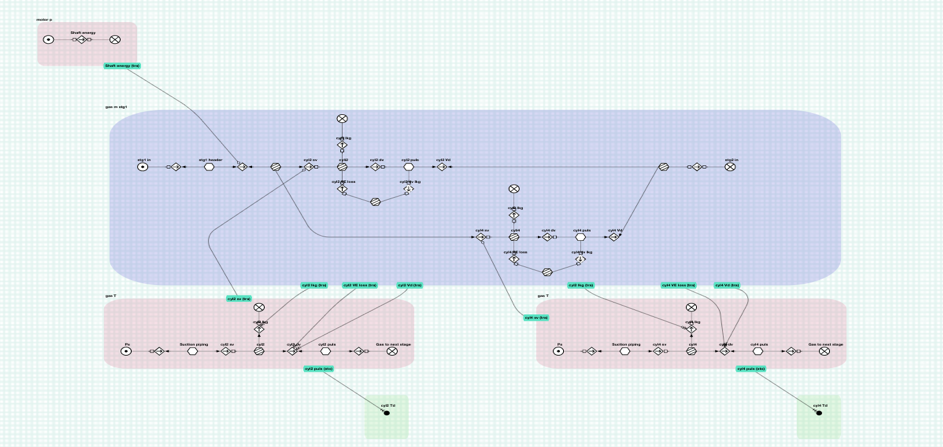
How to improve Situational Awareeness by using Data Analytics
The term data analytics refers to different ways of analysing raw data to make conclusions about the information. This is achieved by using both qualitative and quantitative techniques and processes. In a control room, the goal is to improve the situational awareness for faster and more targeted decisions. Big data is extremely large data sets that may be analysed by computers to reveal patterns and trends.
The definition of situational awareness is the perception of environmental elements and events concerning time and space (Mica R. Endslay, 1995). We can say that situational awareness is understanding what is going on & how a situation will develop in the future.
Meet Up with Kairos Technology AS during the NFEA Event Artificial Intelligence and Machine Learning Conference 2022 in Oslo, October 19th – 20th.
DO YOU HAVE ALL THE FACTS?
Data analytics is an important tool to provide insights. The first use of data analytics can be found as far back as the 19th century. But the development of computers and the increasing capacity has facilitated big data analytics.
Data analytics is based on statistics, often used to predict future trends based on data from the past. Data mining is the process of searching through large data sets to discover patterns. This has developed further into what we call machine learning. Thats where the computer programs access data and use it to learn for themselves.
HOW CAN WE USE BIG DATA TO REDUCE RISK WITHIN THE OIL & GAS INDUSTRY?
It seems like an obvious approach is to use experience when predicting the future.
“Computers are incredibly fast, accurate, and stupid: Humans are incredibly slow, inaccurate, and brilliant. Together they are powerful beyond imagination.” – Albert Einstein
Data analytics methods have proven useful to ensure efficient performance of equipment and to optimize the need for maintenance. Moving from preventive maintenance to predictive maintenance based on past performance is proving to be efficient. Other benefits include reducing risk.
When it comes to improving situational awareness, we can’t use data analytics in real-time. Real-time visualization, storage of large data sets, and near real-time alerts, are considered the most important advantages in big data analytics. Still, these “programs” are not responsive enough to bring into a control room yet. There are some programs that are responsible, for instance alarm management software. By using this software, alarm data is analyzed and processed before being presented in a user-friendly way to the operator, to assist them in the decision-making process.
THE SOLUTION TO OUR PROBLEMS
The Control Room (CR) operator normally operates in the seconds-to-minutes response time, while back-office Operation Support (OS) response time is in the days-to-weeks timeframe. Hence, the use of data analysis as it is today is most relevant for the operation support team, optimizing the longer-term operation. The visualization of data is extremely important to the decision support. Care must also be taken to use correct and relevant data sets, i.e. there is a need for a combination of data analytics experts working closely with professionals holding domain and process knowledge. The important information needs to be sifted out from what is not important.
UNDERSTANDING THE LIMITS
The future is likely to make even larger data sets available, making sharing and data liberation a larger trend within the oil & gas industry. However, we need to understand the limitations of learning from the past. Data analytics is not capable of predicting something unless it has happened previously.
Combination of data analytics and deterministic modelling will provide additional value in the future. Data analytics will be used as a tool to predict abnormal situations and feed information into a domain specific model to calculate the effect, as shown in the image below. Combined with proper visualization tools, this will be valuable to enhance situational awareness and improve the decisions being made in the control room.

THE FUTURE IS STILL BRIGHT
Dynamic process models or simulators may be used for accurate prediction of how an abnormal situation develops in a time series. This will be relatively slow and most useful in a back-office support organization. However, combining data analytics with a first order model, may be the way forward.
Meet Up with Kairos Technology AS during the NFEA Event Artificial Intelligence and Machine Learning Conference 2022 in Oslo, October 19th – 20th.
You might also like this blog post: Machine Learning: What is it?
